
Understanding GHS Symbols: A Guide to Chemical Hazard Classification and Communication
Globally Harmonized System (GHS), formerly known as WHMIS 2015, defines and classifies the hazards associated with chemical products, and works to communicate health and safety information through labels and safety data sheets. Chemical products are placed in classes. Each class describes a different type of hazard. A product may belong to one or more classes, which is why you might see more than one image on a safety label. Preview our WHMIS Training Online.
There are 10 graphics used by GHS. These graphics are associated with a hazard class, and are meant to provide information on the hazards associated with a product at a quick glance. Both the border and the image inside the border have a meaning, and together are called a pictogram. These pictograms will give users important information on how to handle the product. Read on for Set Safety’s guide to the GHS symbols and what they mean!
WHMIS 2015 GHS Symbol Meaning & Guide |
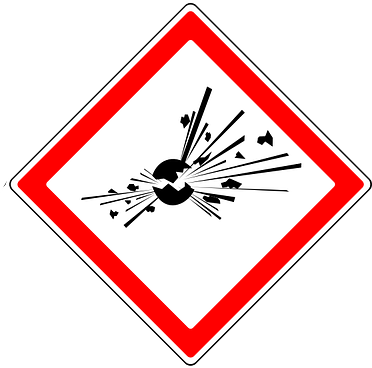
Exploding Bomb (Explosive)
This symbol addresses products that can and may become explosive if not handled in proper conditions. These products should only be handled by trained professionals. Products that feature this graphic may be sensitive to temperature or light changes.
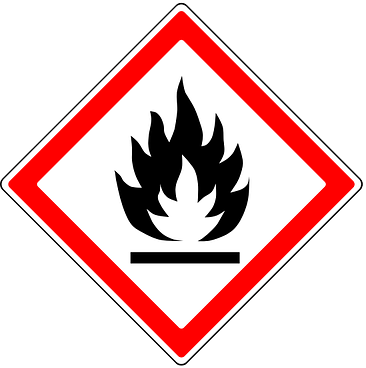
Flame (Flammable)
Products with this label can easily ignite and burn rapidly. A fire requires a fuel source, oxygen and heat in order to burn. When handling products with this label, it’s important to make sure that the three elements are not present together to minimize the risk of ignition.
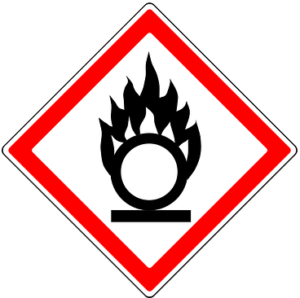 Flame Over Circle (Oxidizing)
Flame Over Circle (Oxidizing)
Products that have this label are oxidizers, and are a significant fire hazard if not handled properly. Oxidizers give off oxygen, or other oxidizing substances, and therefore greatly increase the risk of fire or explosion. Oxidizing substances can create a more intense fire, cause substances that wouldn’t normally burn to burn rapidly, or cause some combustible materials to burn spontaneously without the presence of a flame.
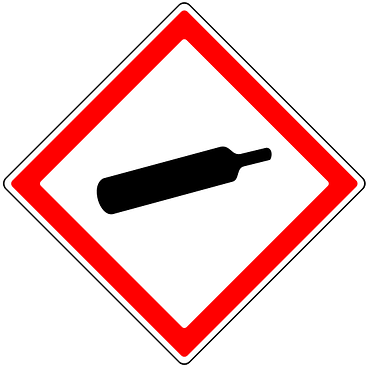
Gas Cylinder (Gases Under Pressure)
Products with this label contain gases that are stored under pressure in cylinders. These products may carry other health hazards, such as being toxic, flammable, corrosive, etc. Compressed gas containers, if punctured, can become unpredictable and dangerous – often rocketing around the room. Frostbite is also a concern with gases under pressure, as the container can become very cold as the gases escape.
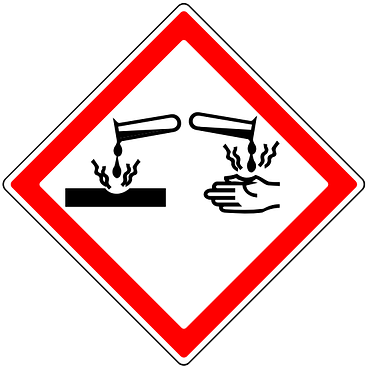
Corrosion
Any product that can chemically damage or destroy steel or aluminum is considered corrosive to metals. Products with this label may be corrosive to metals or skin. Damage can be destructive and irreversible, so extra caution is to be taken when handling these substances.
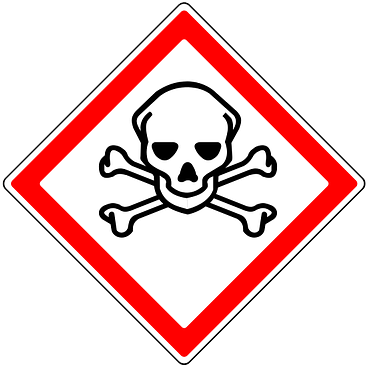 Skull and Crossbones (Acute Toxicity)
Skull and Crossbones (Acute Toxicity)
Products that dawn this label are fatal, toxic or harmful if inhaled, swallowed or put into contact with skin. Acute toxicity refers to effects that occur after a single dose, or multiple doses given within a short amount of time (24 hrs). While the toxicity of a substance can’t change, the risks associated with exposure can be minimized through proper handling.
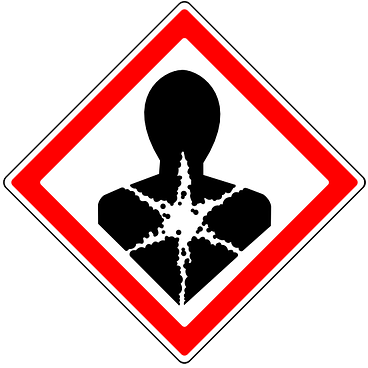
Health Hazard
This label is used for products that cause chronic health effects and those with targeted health effects. Chronic health effects occur from long term exposure to a product. Chronic toxicity is also included under this label, which refers to the health effects experienced after long term exposure.
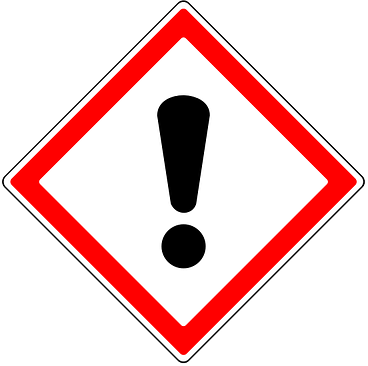 Exclamation Mark (Health Hazards)
Exclamation Mark (Health Hazards)
This label is used to identify products that may cause less severe health hazards, such as skin and eye irritation. The effects are generally reversible and can be minimized with proper medical treatment. Things like redness, coughing, inflammation, or itching would fall under this category.
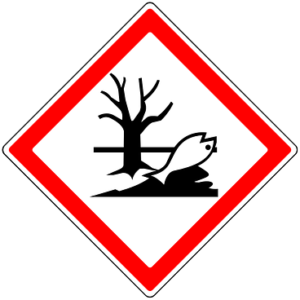 Hazards To The Environment
Hazards To The Environment
Products with this label can have a negative impact on the aquatic environment. This label is not mandatory, but many suppliers will choose to indicate these hazards. Aquatic hazards include both
short-term and long-term toxic impacts to aquatic life due to exposure.
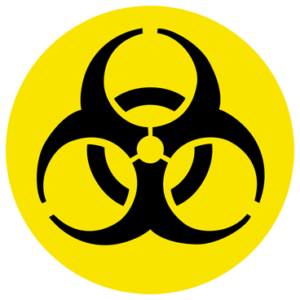 Biohazardous Infectious Materials
Biohazardous Infectious Materials
Products with this label have organisms that can cause diseases in either animals or humans. Bacteria, viruses, fungi and parasites are all included in this category.
Borders
Most labels on non-consumer products will feature a red diamond border. This red diamond represents the potential hazards that are associated with a product. On consumer products, there are two types of borders that are used – both with their own meaning.
Octagon
An octagon border means that the contents of the container are dangerous.
Upside Down Triangle
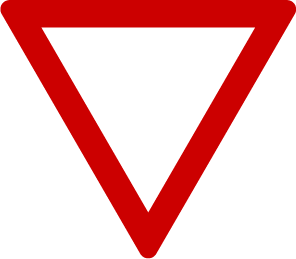
An upside down triangle border means that the container itself is dangerous.
Below the symbol a word will appear.
CAUTION means the injury will most likely be temporary, but death may occur with extreme exposure.
DANGER means the products may cause temporary or permanent injury or death.
EXTREME DANGER means exposure with even small amounts of the product may cause temporary or permanent injury or death.
WHMIS Popular Online Certification Courses for Canadian Workers
- WHMIS 2015 Certification
- GHS and WHMIS 2015
- GHS Container Labeling
- Hazard Communication Awareness
- Workplace Hazardous Materials Information System [WHMIS] (CA)
- GHS Safety Data Sheets in the Laboratory
Looking to train your employees on GHS standards? Check out Set Safety’s online course! The course provides an understanding of GHS as well as the new regulations for TDG in Canada. Preview our WHMIS Training Online
